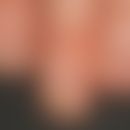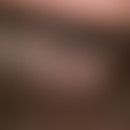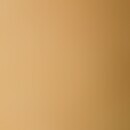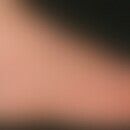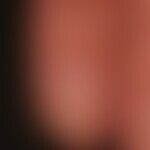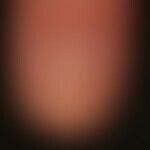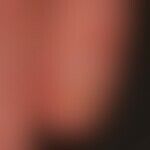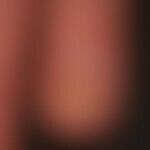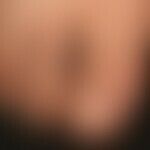Synonym(s)
DefinitionThis section has been translated automatically.
Nail changes are encountered in 10% of patients with lichen planus. They may occur in the setting of exanthematous or classic lichen planus. Rarer is an isolated infestation of the nail organ. This pattern of involvement is difficult to diagnose because the nail changes do not have a specific diagnostic pattern for lichen planus.
Occurrence/EpidemiologyThis section has been translated automatically.
The worldwide prevalence of lichen planus is estimated to be 0.5% to 1.0%. 10-15% of patients with lichen planus have nail manifestations (Gupta MK et al. 2021). In a few patients, lichen planus of the nails occurs without skin, mucosal, or hair involvement. Detection of this is difficult.
You might also be interested in
ClinicThis section has been translated automatically.
Lichen planus of the nails predominantly affects the fingernails, rarely only the toenails. Usually several fingernails are affected (on average about 7 fingernails). The following clinical symptoms may occur to varying degrees with involvement of the nail matrix:
- thinned and shortened, often frayed nail plates with longitudinal distortions
- partial or even complete onychodystrophy is possible
- roughening(trachyonychia) of the nail plate
- longitudinal ripples (not specific for lichen planus, most frequently observed)
- Spotting of the nail plate may also occur (see also Psoriasis of the nails)
- erythronychia (red longitudinal striations)
- red or "speckled" lunulae
- distal onycholysis
- Pterygium unguium (with strand-like synechiae between nail fold and nail bed)
- shiny nails may appear as a sign of persistent itching
TherapyThis section has been translated automatically.
Because of the risk of irreversible nail loss, rapid and aggressive treatment is recommended by many experts (Gupta MK et al. 2021). However, treatment is often difficult. The efficacy of topical medications is limited.
Topical medications:
- Clobetasol prop ionate: Clobetasol propionate topically possibly in combination with tazarotene gel. Effects are described as moderately good. Recurrence is likely after discontinuation.
- Tacrolimus: 0.1% topical tacrolimus ointment: moderately good results were obtained after 6 months of therapy.
- Triamcinolone acetonide: Intralesional medication: Triamcinolone acetonide injections into the proximal nail fold (2.5-10mg) allow targeted drug delivery to the nail matrix. The most common adverse effects are pain and subungual hematoma. Dilution of triamcinolone acetonide in 1% lidocaine is recommended.
Internal therapyThis section has been translated automatically.
Triamcinolone acetonide injections intramuscularly (0.5 to 1.0 mg/kg) are used for the treatment of lichen planus of the nails.
Alternative: Oral retinoids(alitretinoin).
Progression/forecastThis section has been translated automatically.
Lichen planus of the nails can lead to permanent nail loss.
Note(s)This section has been translated automatically.
It can be assumed that in a part of the patients with twenty-nail dystrophy the nail dystrophies can be attributed to lichen planus.
LiteratureThis section has been translated automatically.
- Alsenaid A et al. (2014) Successful treatment of nail lichen planus with alitretinoin: report of 2 cases and review of the literature. Dermatology 229:293-296.
- Gupta MK et al (2021) Review of Nail lichen planus: epidemiology, pathogenesis, diagnosis, and treatment. Dermatol Clin 39:221-230.
- Iorizzo M et al (2020) Isolated nail lichen planus: An expert consensus on treatment of the classical form. J Am Acad Dermatol 83: 1717-1723.
- Pinter A (2011) Lichen planus of nails-successful treatment with alitretinoin. J Dtsch Dermatol Ges. 9: 1033-1034.
- Iorizzo M (2016) Nail lichen planus-a possible new indication for oral alitretinoin. J Eur Acad Dermatol Venereol 30: 509-510.
- Ricardo JW et al (2020) Recommendations for treatment of nail lichen planus during the COVID-19 pandemic. Dermatol Ther 33:e13551
- Sehgal VN et al (2005) Twenty-nail dystrophy originating from lichen planus. Skinmed 4:58-59.
- Zengarini C et al (2022) Lichen ruber planus occurring after SARS-CoV-2 vaccination. Dermatol Ther 35:e15389.
Outgoing links (14)
Alitretinoin; Clobetasol-17-propionate; Erythronychia; Lichen planus classic type; Lichen planus (overview); Nail pitting due to psoriasis; Onycholysis (overview); Psoriasis of the nails; Pterygium; Shiny nail; ... Show allDisclaimer
Please ask your physician for a reliable diagnosis. This website is only meant as a reference.
